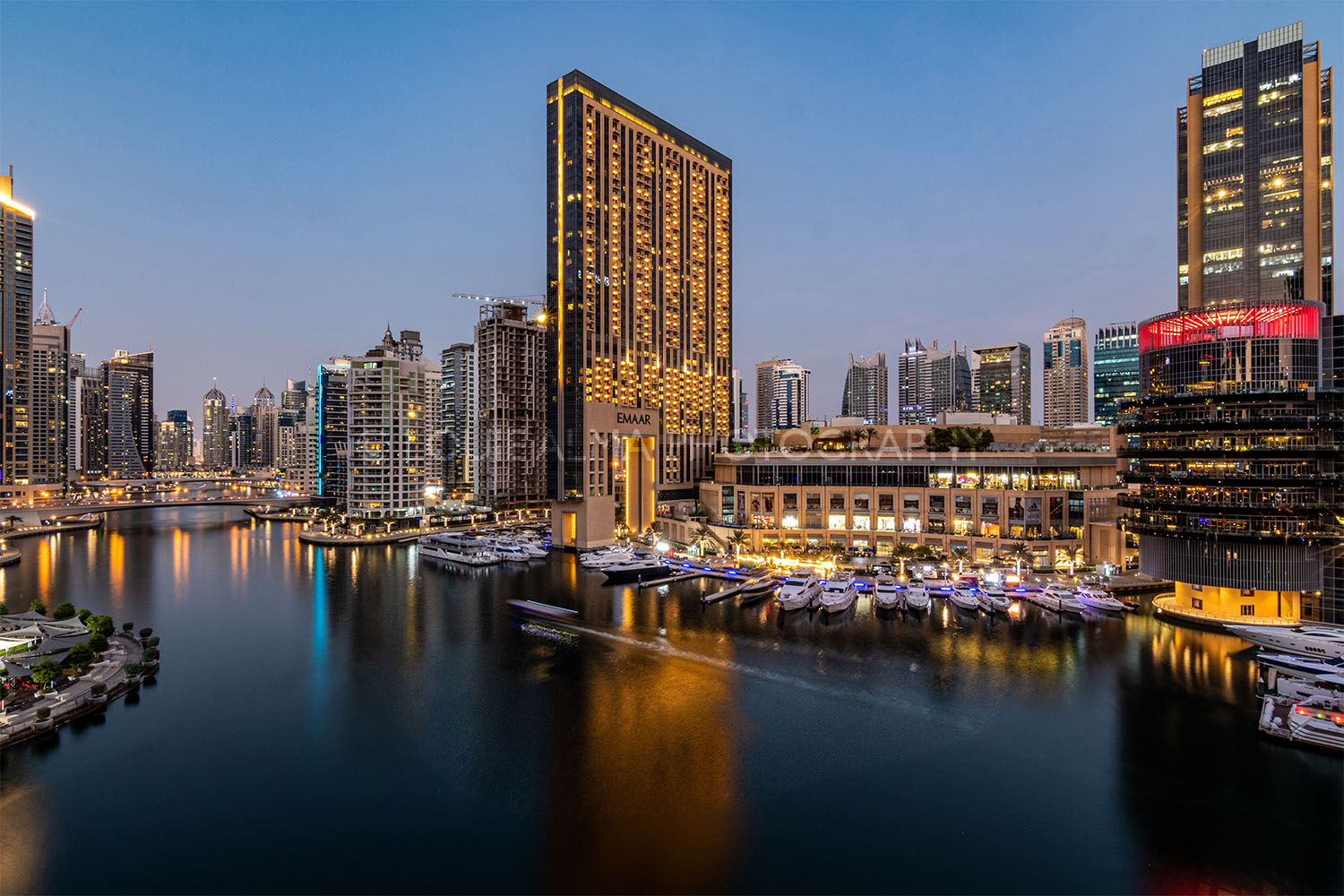Looking for that perfect gift for the photographer in your life—or yourself? The Click-Bit Photo Tracker uses Fuzzy Logic and IAI* to track every photo you take. I bought two—one for each arm. Here’re the details of my personal experience. And BTW, in case you can’t tell, this isn’t an ad – it’s a joke.
Where did my delightful journey with the Click-Bit Photo Tracker begin? Let me tell you.
My friend Kasia (not her real name) bought a Click-Bit bracelet a few months back to track her photographic activity and immediately became obsessed with recording every detail of her camera life. Not passively obsessive, either—she became a compulsive, fanatical, evangelistic, raving maniac. An unfit Click-Bit twit. Amazingly, the Click-Bit fit her wrist perfectly, despite the fact she wears a men’s size 48 shirt.

Kasia’s ex-boyfriend Karl (not his real name—his real name is Carl) has the knack for diplomacy that’s just slightly smaller in volume than an ant’s navel. So when he decided to split, he told Kasia that she was beginning to get a little saggy—around the lens cap area, I think. So after she dumped Karl, Kasia bought the Click-Bit and began bullying everyone around her to do the same.
“I set daily megapixel goals,” she told me. “If you get a Click-Bit, we can compete.”
I wasn’t having any of it. I don’t like to compete—that’s why I drive a Subaru, drink Folger’s instant coffee and buy my blue jeans at JC Penney.
“Click-Bit warns me about over sharpening,” she beamed. “You know you have a problem with your Unsharp Mask sometimes, too.”
“My problem is overindulging in HDR,” I countered. “The readers told me so. Anyway, I use the High Pass Filter method these days to avoid those little aliases.”
“You mean ‘artifacts,’” she corrected. “Well, my Click-Bit also gives me a running total of my Image Compression. Can you beat that? And it’s all so easy.”

For the next 17 minutes, Kasia (whose real name I think I should tell you now so you can stay away from her is Katarzyna, which means “Pure” in Polish, although I have no idea why anyone would accuse her of that). Anyway, for the next 17 or 18 minutes she connived, cajoled, conspired, coaxed and did everything within her power to con me into buying a Click-Bit Photo Activity Tracker of my own.
There’s a free iOS app; it uses IAI*; it’s the only thing she wears to bed; last week alone she downloaded 1,300 images; her Moiré pattern is almost back where it was when she was a freshman in college, and so forth and so on, for what seemed like forever.
“And the band is even 18% gray,” she said finally, in a last ditch effort to sway me to become her Click-Bit Buddy.

“I’m sorry,” I said at last. “You know what kind of guy I am. I never trust technology until The ShamWow Guy has made a TV commercial about it.”
We argued. She called me a “luddite” and told me to Google it. So I called her “gormless” and suggested she had cabbage for brains. Yes, we were really beginning to hit it off, and started going to Burger King to sit a bit and drink coffee together. Their coffee is almost as good as Folger’s Mountain Grown if you add enough milk and don’t mind waxy paper cups.
Ultimately, Cupid intervened and got fitted for a Click-Bit. What appeared to be a budding romance, however, veered sharply off the road as her obsession with the Click-Bit craze intensified.

Kasia added a few more bracelets to her collection.
After the Click-Bit came the Sit-Bit for her dog, and for her dim cousin, a Nitwit-Bit. Next came the Knit-Bit for Nanna. She bought one for the lavatory, but I cannot tell you the name.
“You act like I’m becoming a compulsive, fanatical, evangelistic, raving maniac. A totally unfit Click-Bit twit,” she said, bit-erly, staring bleary-eyed into her Git-Lit-Bit.
“If the bit fits,” I said. And ran like hell.
—Jon Sienkiewicz
Shutterbug writer Jon Sienkiewicz attempts humor—but did he go just a bit too far?






















